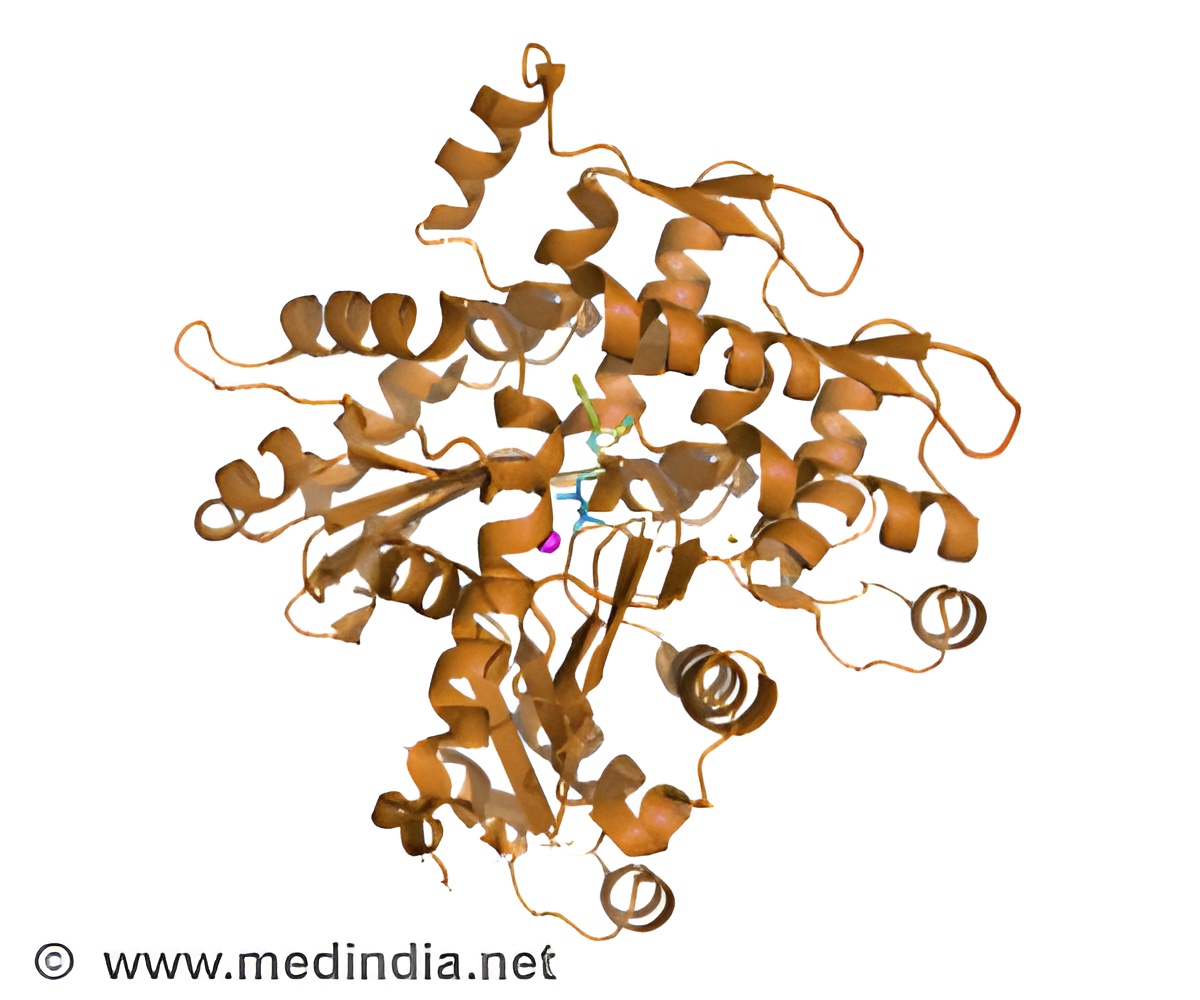Researchers at EPFL reveal they have developed a highly-sensitive method that can be used to quickly and accurately identify the protein in a food that causes an allergic response.

Cow milk allergy is common among children, preventing them from breast feeding and drinking milk, although some outgrow the allergy by six years of age. Allergies, including food allergies, are caused when our immune system produces antibodies to destroy "enemy" molecules, like those from bacteria and viruses. In the case of milk allergies, the antibodies are called "IgE". Medical doctors can diagnose milk allergies by simply detecting an overproduction of IgE, but that does not tell them which one of the numerous proteins in milk – and other foods – is causing the allergic response.
The team of Hubert Girault at EPFL has developed a highly-sensitive method that uses a patient's IgE to determine specifically which protein induces allergic responses in them. The method uses a well-established technique called immunoaffinity capillary electrophoresis (IACE). First, IgE antibodies from the patient's blood are isolated by interaction with magnetic beads that are coated with a different type of antibody. The "bead" antibodies recognize and bind the patient's IgE antibodies. This takes place inside a long and narrow glass tube, only 50 micrometers in diameter, called a "capillary". The bound antibodies are then flushed out of the capillary and powerfully attached to the magnetic beads through a process called 'crosslinking', which keeps them from detaching. The beads with the patient's IgE are then placed again inside the capillary.
The test begins when milk is injected through the capillary. As the milk's proteins pass over the patient's IgE antibodies, the ones that cause allergies are caught by them, while the others exit on the other side. The beads are then washed with a strong chemical that causes the allergy-inducing protein to dissociate from the patient's IgE antibodies. The isolated, "culprit" protein is then identified using mass spectrometry, which is a technique that analyzes compounds according to their mass and electrical charge.
The method offers a personalized way to identify the exact proteins that can cause food allergies to a patient, which can help develop an effective treatment. It is also quicker, as it does not require the detection and quantification of a patient's specific IgE antibodies or the laborious and resource-intensive diagnostic methods used currently. Finally, it provides higher accuracy than conventional allergy-testing methods, as it can detect tiny amounts of allergic proteins, even if they are unexpected and rare. This also means that the method can be extended beyond milk to other foods like nuts and wheat products.
Source-Eurekalert










